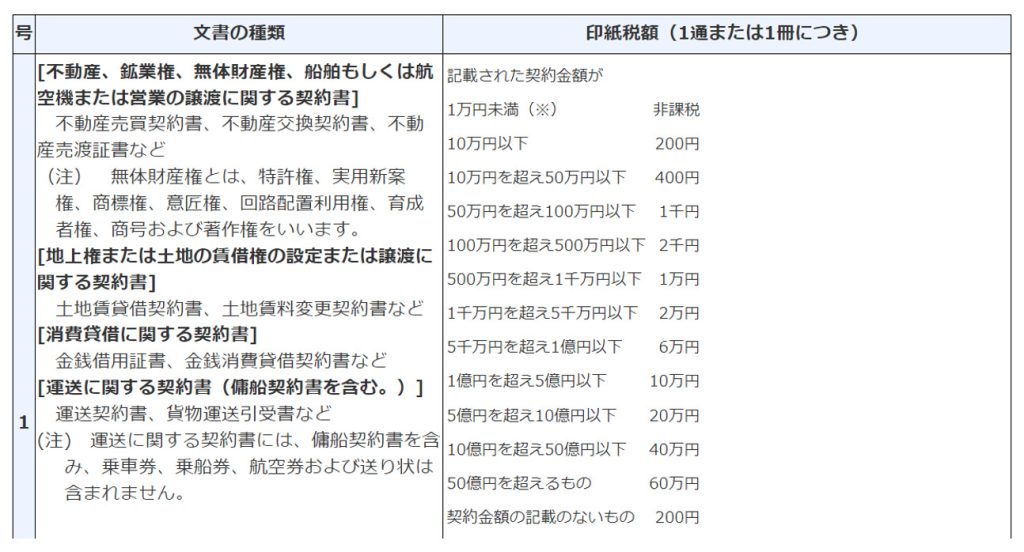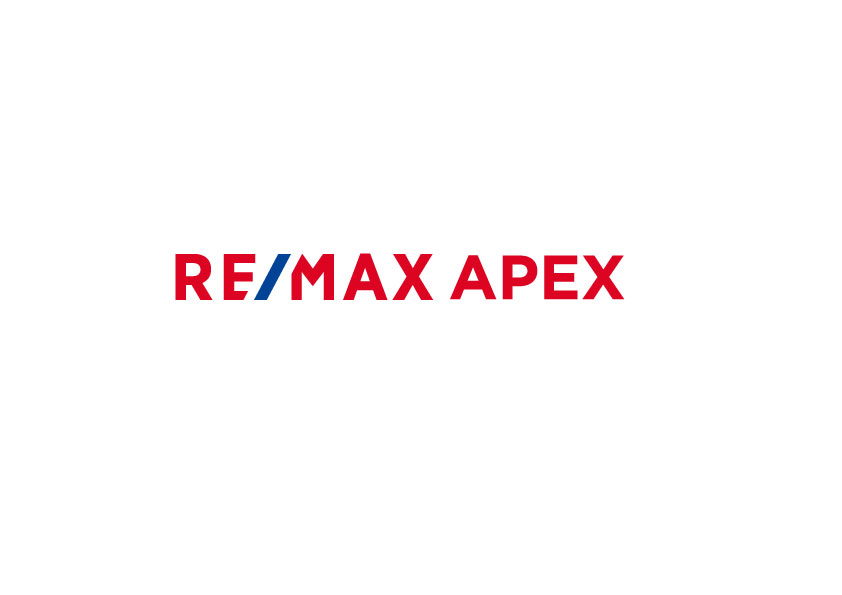Original Article: 【正確に理解できていますか?】覚書・合意書・協定書の使い分けと違いについて
Using the “Mikata for Real Estate Agencies,” an application which helps real estate agents prepare Article 37 documents of the Building Lots and Buildings Transaction Business Law (so-called “Explanation of Important Matters”), we found the following example sentences;

Although it is best to be able to resolve the underlying problem (e.g., remove or relocate the property) by the time of settlement (closing), there are some cases in which the property cannot be easily moved, such as fences, trees, or garages.
In such cases, the parties involved will confirm the fact that there is a “border crossing” (land boundary) and proceed with the transaction with a promise to resolve the issue when the time is right.
This is exactly the same as the example sentence which can be found in the government survey.
At such times, it may be difficult to know which form to use for the document that describes the agreement, such as a memorandum, a memorandum of understanding, an agreement, or a written agreement.
However, in the first place, is there any superiority or inferiority of such an agreement document depending on its name or format?
For these issue, we would like to explain these formats, which tend to cause problems when creating documents.
The Agreement is Not Contingent to the Name of the Document
There is no legal preference for the name of the document that describes the agreement.
Therefore, as long as the content of the agreement meets the requirements, it does not matter what “name” or type of document is used.
Since this explanation would be the end of this blog, let us introduce some commonly recognized document names.
- Contract
A deed that describes the matters promised and stipulated and is exchanged between the parties concerned. - Agreement
A written agreement is a document that is prepared between the parties to an agreement on matters such as the contents of a transaction. - Consent Form
A letter of consent is prepared to certify that the other party agrees in advance to a legal or factual act that the other party plans to perform in the future. - Memorandum of Understanding
A deed compiled to prevent parties from losing track of the promises and agreements they have made to each other. - Written note
A document that is written as a reminder to be used as evidence at a later date. - Letter of Acceptance
A document stating that the party has agreed to the other party’s proposal, request, or demand, and expressing its intention to accept the proposal, request, or demand.
The above are the most common types of related deeds which immediately come to mind. With the exception of the letter of consent, which is often given to the other party, the purpose of creating and executing these deeds is almost the same, even if the expressions are recognized differently due to the difference in names.
In other words, the purpose of a letter of intent is to negotiate with the other party and prevent disputes about the agreed-upon terms at a later date.
If you understand the purpose, you will understand there is no problem regardless of which name is used.
If you search for how to write an agreement or an agreement holder, you will find many plausible examples, but in the end, it is only a simple contract.
Therefore, rather than worrying about the name, it is necessary to consider whether the agreement is complete.
No Need to Worry about Format Names
In general, each of the aforementioned agreement documents can fit on a single sheet of A4 paper.
If you want to include terms and conditions which are several pages long like a contract, it is better to prepare it as a contract from the beginning.
Since the legality of the content of the document is not affected by the name of the form, you can use the name that you like best, such as “Agreement” or “Consent Form” or you can change it each time depending on your mood at the time of preparation.
The title and the name of the document are fine, but the important thing is to correctly describe the agreed-upon content.
The Contents and Order of the Descriptions Follow the Contract
If you still have trouble with the name of the form, it is fine to leave it blank.
However, since all of these documents attest to “who agreed with whom and on what subject matter,” they must first appear as a formality.
The names of the parties to the transaction are listed, and this must be the preamble which appears in the agreement.
OOO (“Party A”) and OOO (“Party B”) hereby agree (or consent) as follows…
This sentence is the preamble.
If the written agreement (agreement regarding the land boundaries) is prepared based on the example text of the “MIKATA of the Government Office Survey” introduced at the beginning of this blog, it should read as follows: “Lot No. OOO Owner aaa (hereinafter referred to as “Party A”) and Lot No. OOO Owner bbb (hereinafter referred to as “Party B”) have agreed to remove the boundary crossing belonging to Party A which extends onto Party B’s property in the following manner and time. The following sentence should be written in the preamble.
The “hereinafter” following this preamble is the specific details of the agreement.
When the contents of the agreement are divided into multiple sections, it is sometimes difficult to decide whether to use “articles” or “paragraphs,” but in fact, there is no legal provision for this.
If you simply want to divide the agreement into several sections, you can simply assign numbers to the beginning of each section, such as 1, 2, 3, etc. Or, of course, you can use Article 1 to create a sense of formality.

A memorandum of understanding regarding the removal of cross-boundary objects meets the basic requirements as long as it contains all of the following: confirmation of the fact of the cross-boundary objects (in principle, both parties must be present), the owner of the cross-boundary objects, the time of removal, and the obligation to succeed if the objects are to be sold or transferred to a third party.
The above memorandum, which the author prepared roughly for reference purposes, should also satisfy the requirements, apart from its wording.
However, since the content of the agreement depends on the results of the discussion, the content of the agreement will change based on the details of the agreement.
In some cases, it may be necessary to state the court of jurisdiction of the agreement, so it is difficult to make a blanket statement.
Since the document is executed to prevent disputes at a later date, it is necessary to carefully examine the document to ensure that nothing is omitted.
Following the preamble and clauses, the last thing that needs to be included is the afterword.
For this, remember the sentence that precedes the signature line in the sales contract.

The seller and buyer should be changed to “Party A” and “Party B,” the sales contract should be deleted, and the following should be added: “Since we have agreed to the above, we have prepared two copies of this Memorandum of Understanding.“
Incidentally, the date of creation is included in the document in the example of the memorandum prepared by the author, but it is not strictly necessary to specify the date.
However, the date in the signature line may differ due to scheduling conflicts between the two parties, and it is also possible that a number of days may elapse between the actual date of agreement and the date of signature.
This can cause problems, so I try to include the date of creation in order to be able to estimate the date of agreement.
Do I Need Stamps for Memorandums of Understanding, etc.?
Many people mistakenly believe that memorandums of understanding and agreements are not contracts and therefore do not require the affixing of stamps.
The Stamp Tax Law does not classify taxable items by the name of the form.
It is based on the content of the document to determine whether it is a taxable document or not.
Therefore, it is a mistake to think that a stamp is unnecessary because it is a memorandum, but it is important to remember that stamps must be affixed depending on the contents of the document.
For example, when changing the contract amount, payment method, due date, period, suspension condition, cancellation condition, schedule of compensation for damages, etc., a memorandum or agreement is a taxable document if the original contract exists and is created to change its contents.
The stamp (taxable amount) which needs to be affixed changes depending on which taxable document the prepared document falls under, which is classified from No. 1 to No. 20 (graphic below), but in the case of real estate, a memorandum or agreement to change the contents of a contract falls under this category, so it should be understood that this is the case for cases which fall under either No. 1 or No. 2.

A contractual document that does not include the exchange of money (including an increase in the purchase price, etc.) will not be a taxable document in the first place.
Summary
When I prepare a written agreement such as the one described in this article, I use “Memorandum of Understanding.” When the agreement is relatively light, such as “You promised, so please comply with it,” and “Written Agreement” when I require the other party to be more rigorous. As you may have understood from reading this explanation, the legal effect does not differ depending on the name of the form.
We use different names depending on our mood, based on the image that the general public might get from the name of the form.
The name of the form is just that.
But we pay close attention to the content of the agreement.
We must not omit anything, even though we try to use simple expressions, because it prevents disputes at a later date and can be used as written evidence in case a problem arises.
In principle, two originals should be prepared and shared by both parties, but if it is necessary to put pressure on the parties, we go to the notary public office to obtain a “fixed date”.
The “fixed date” is the date when the notary public affixes a dated seal (fixed date seal) to a private deed to give it a fixed date, i.e., to prove that the deed (document) existed on that date.
Although it is not a proof of what was agreed upon, the date is often important for memorandums of understanding and other documents that are agreed upon.
The purpose is to prevent disputes at a later date, but it is also because if you insist that “the memorandum has a fixed date at a notary public’s office,” you can expect to be perceived as something that must be observed or you will be in big trouble.
The fee for a fixed date is 700 yen per case (at the time of writing), so the financial burden is not so great.
Also, if you use the “Online Application System for Registration and Deposit” operated by the Ministry of Justice, you can obtain a fixed date for electronic documents as well.
It is a good idea to keep this in mind while you are learning about the different “agreement documents.”

For additional information or any questions please contact us here
Email: info@remax-apex.com

